 October 7
- October 10
October 7
- October 10
KCAS Bio will be participating in the Immunogenicity & Bioassay Summit 2025, taking place October 7-10 in Alexandria, VA. This annual summit, hosted by the Cambridge Healthtech Institute, brings together leaders in immunogenicity assessment, bioassay development, and translational science to explore emerging strategies in drug development. With focused tracks on…
 Blogs
Blogs
Remember that childhood excitement the night before Christmas? Too excited to sleep, knowing something you wished for was finally within reach? That’s exactly the spirit fueling our teams in Lyon as we approach the end of June. We’re eagerly awaiting the arrival of a powerful new platform at our…
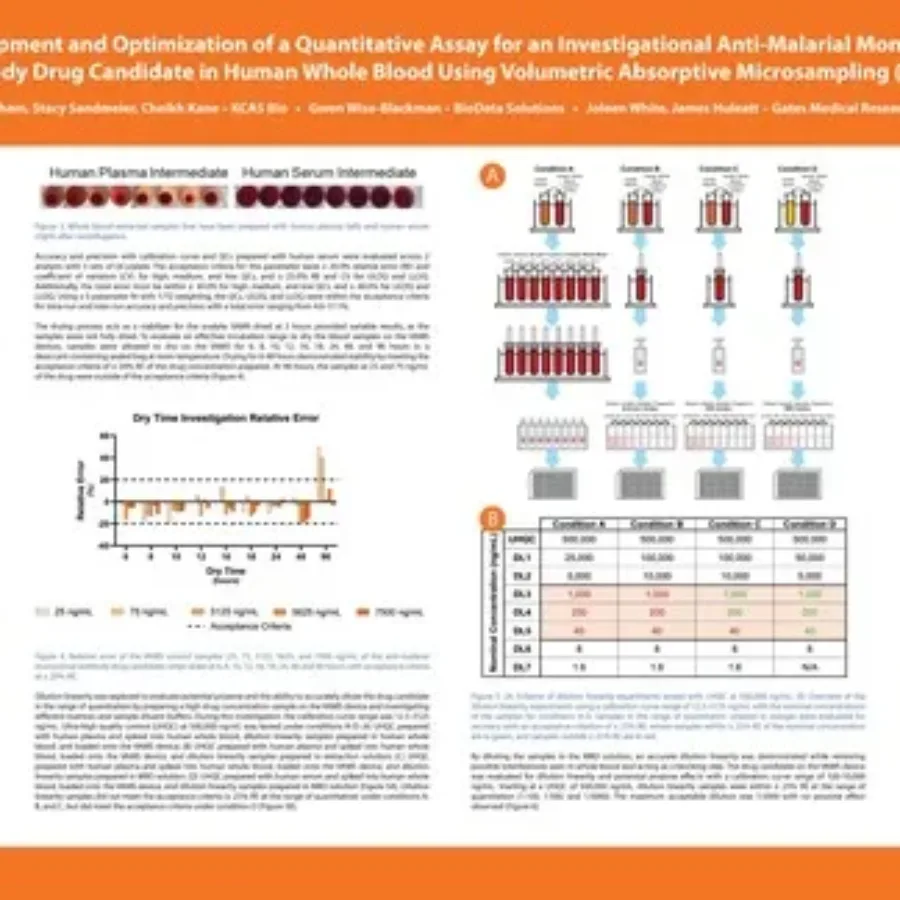 Posters & Papers
Posters & Papers
Discover in this poster presented by Jessica Phan at WRIB 2025 on the “Development and Optimization of a Quantitative Assay for an Investigational Anti-Malarial Monoclonal Antibody Drug Candidate in Human Whole Blood Using Volumetric Absorptive Microsampling (VAMS)”. Quantitative Assay for an Investigational Anti-Malarial Monoclonal Antibody Drug Candidate |…
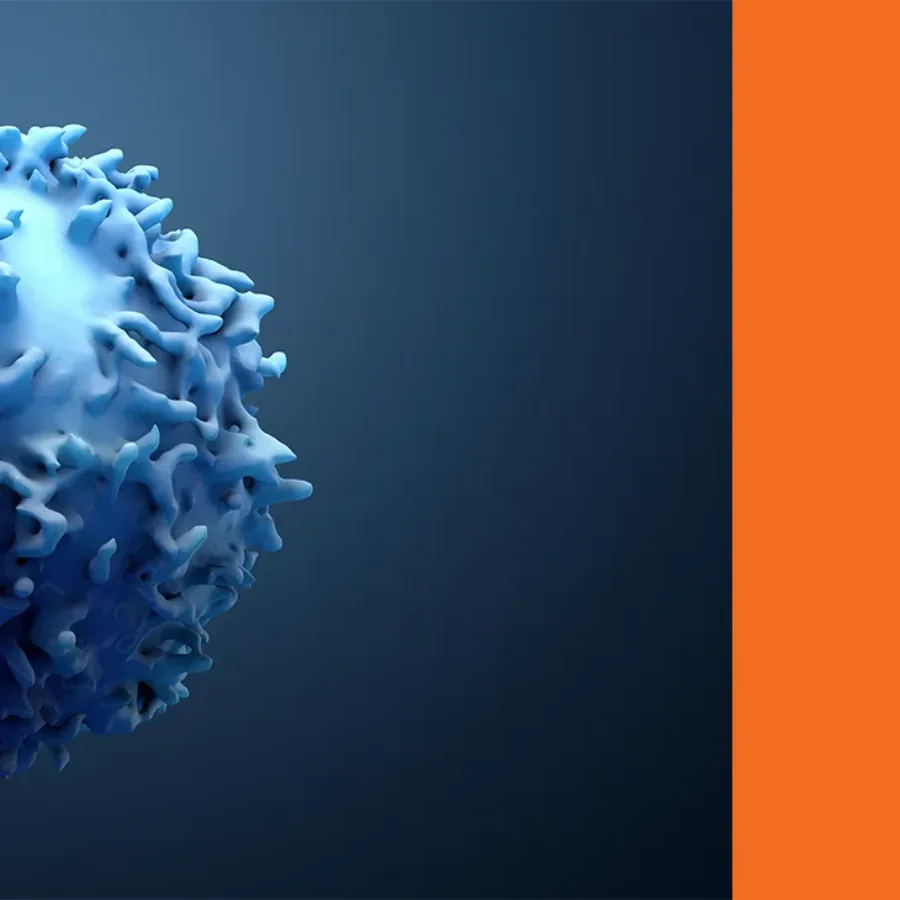 Blogs
Blogs
Initially developed to assess the frequency of circulating antigen-specific Antibody-Secreting Cells (ASC), ELISpot has become a vital tool for quantifying antigen-reactive T-cells by measuring secreted immune mediators such as cytokines or key molecules involved in cell-mediated cytotoxicity. Compared to other assays for monitoring cell-mediated immunity (CMI), such as…
 Blogs
Blogs
ADCs represent a promising class of targeted therapies, and understanding the intricacies of their analysis is crucial for their successful development. In this blog, we address common questions to guide you through the various considerations involved in ADC research and testing. We will cover key topics related to the…
 Blogs
Blogs
Antibody-drug conjugates (ADCs) have been conventionally developed for a wide range of oncological applications since the first ADC approval in 2000 by the FDA. Typically, an ADC consists of three main components: antibody, linker conjugate, and therapeutic drug (payload). The mechanism of an ADC involves the antibody binding to a specific…
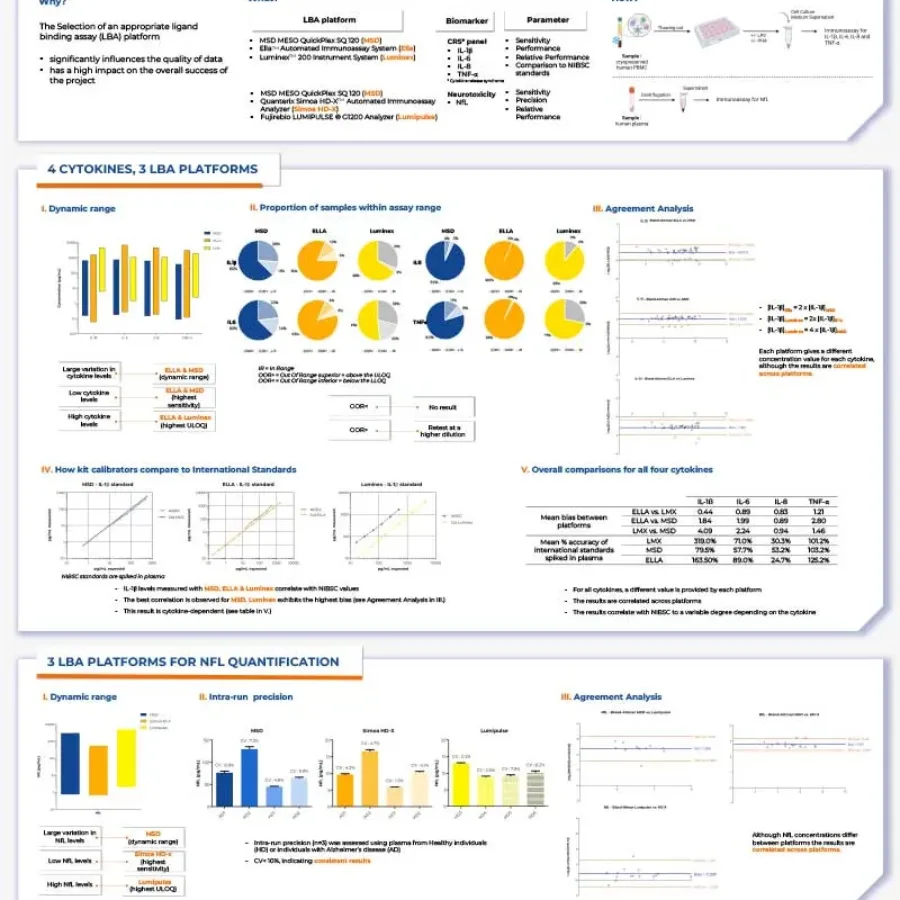 Posters & Papers
Posters & Papers
Discover in this poster presented by Fabien Lavocat at EBF Open Sympoisum 2024 on “Comparative Evaluation of Ligand Binding Assay Platforms for Biomarker Quantification: Critical Considerations for Ensuring Data Quality and Project Success”. LBAPlatforms_EBF2024_Poster_vfDownload…
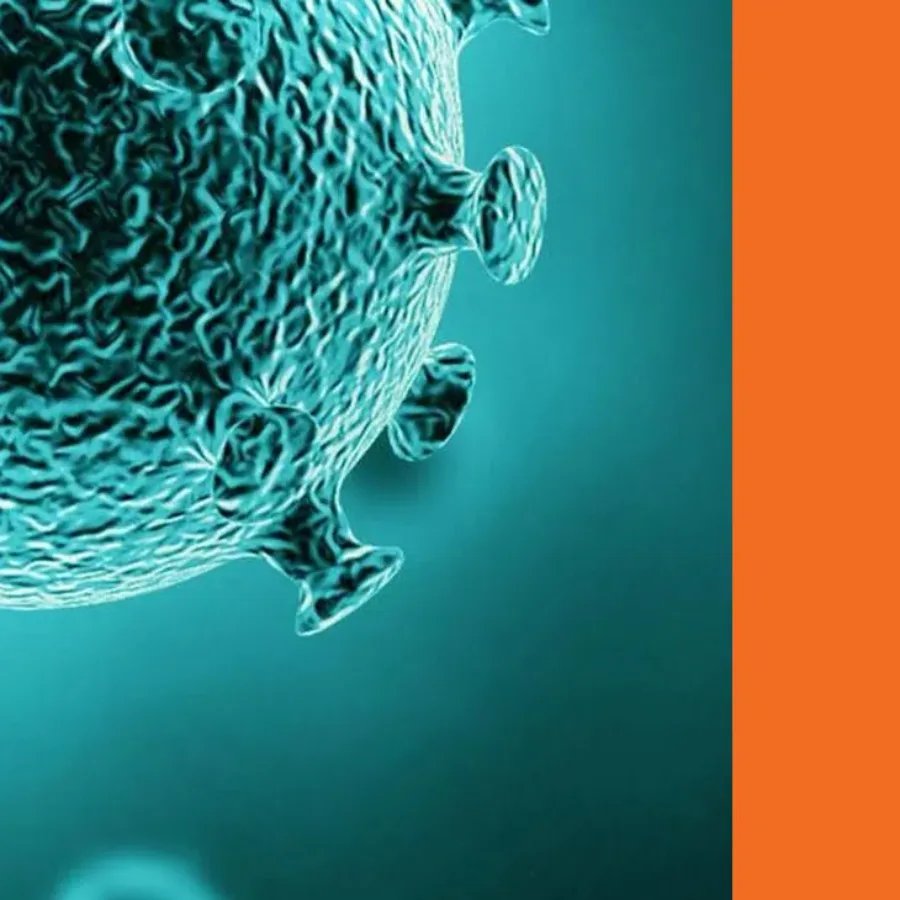 Blogs
Blogs
When you examine how to develop and validate/qualify a Biodistribution assay by PCR…
 Blogs
Blogs
2020 was an odd year for everyone. In what felt like just days, it seemed everything had changed and the rules were being rewritten almost daily about how we would all be engaging with one another. We went from racking up travel, hotel stays and airmiles while visiting our customers…
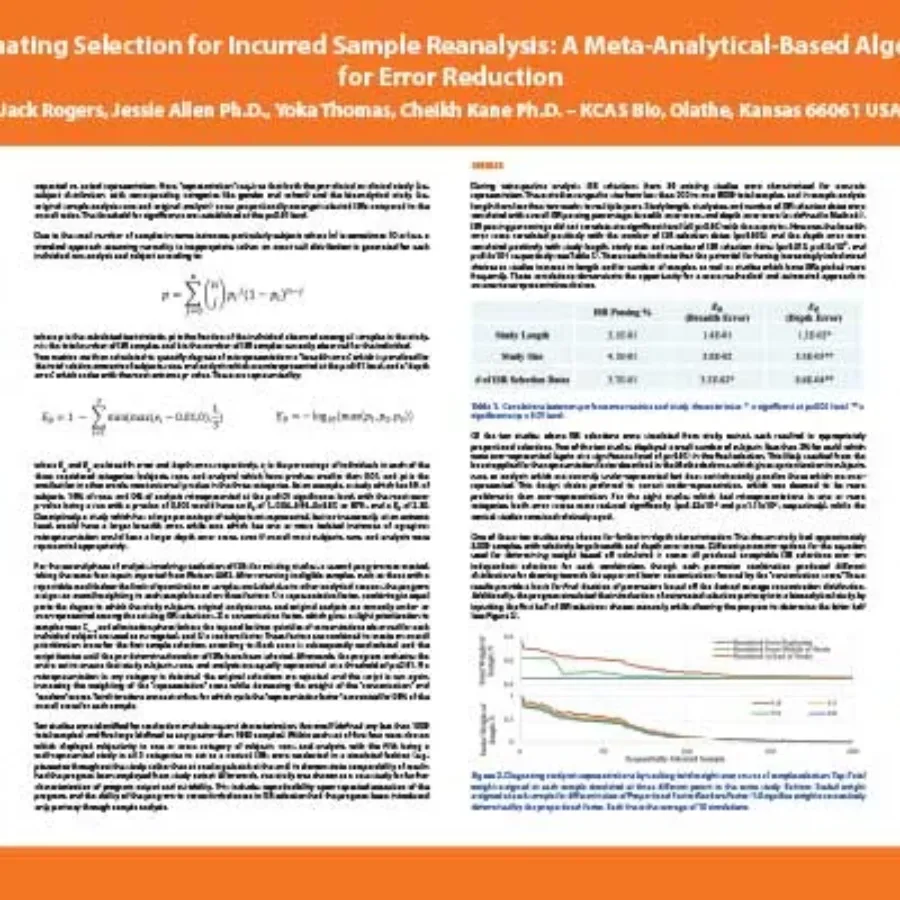 Posters & Papers
Posters & Papers
Please download this poster, “Automating Selection for Incurred Sample Reanalysis: A Meta-Analytical-Based Algorithm for Error Reduction” KCB-poster_WRIB-2024_ISR-MAB-error-reductionDownload…
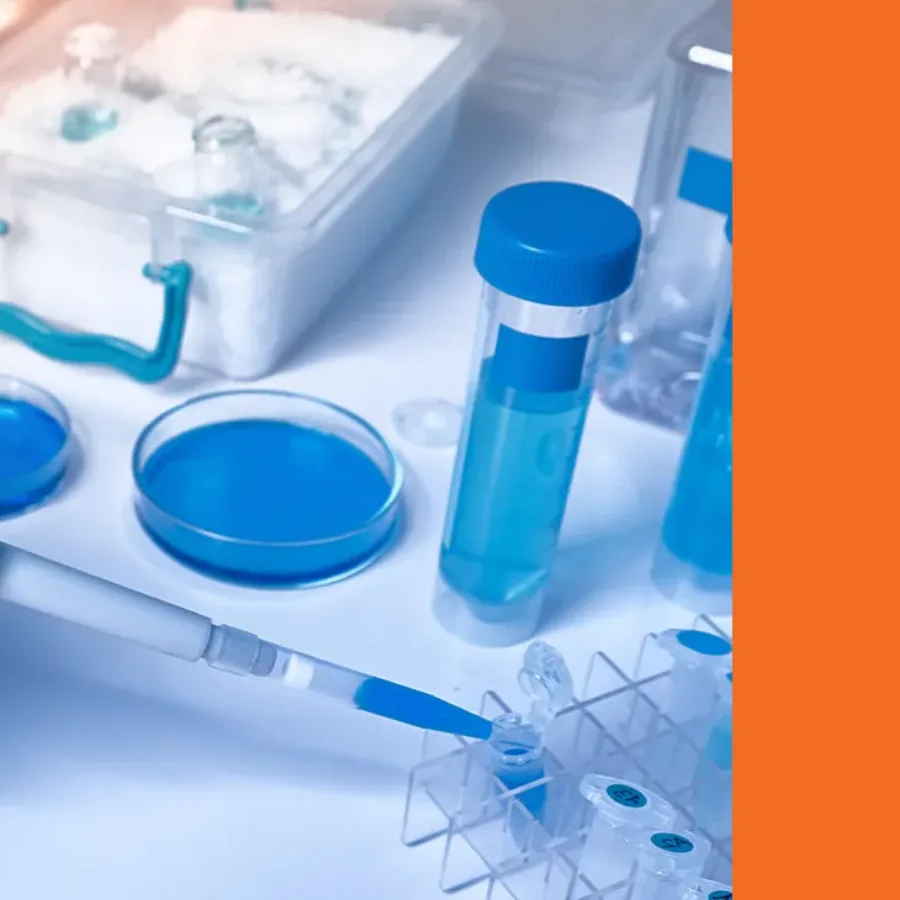 Blogs
Blogs
A pharmacokinetic (PK) assays evaluate how the body affects a specific substance after administration which includes: absorption, biodistribution, metabolism, and excretion. Preclinical (or non-clinical) PK assays play a crucial role in drug development and typically focus on assessing drug safety and maximum tolerable dose. For the development of pre-clinical PK…
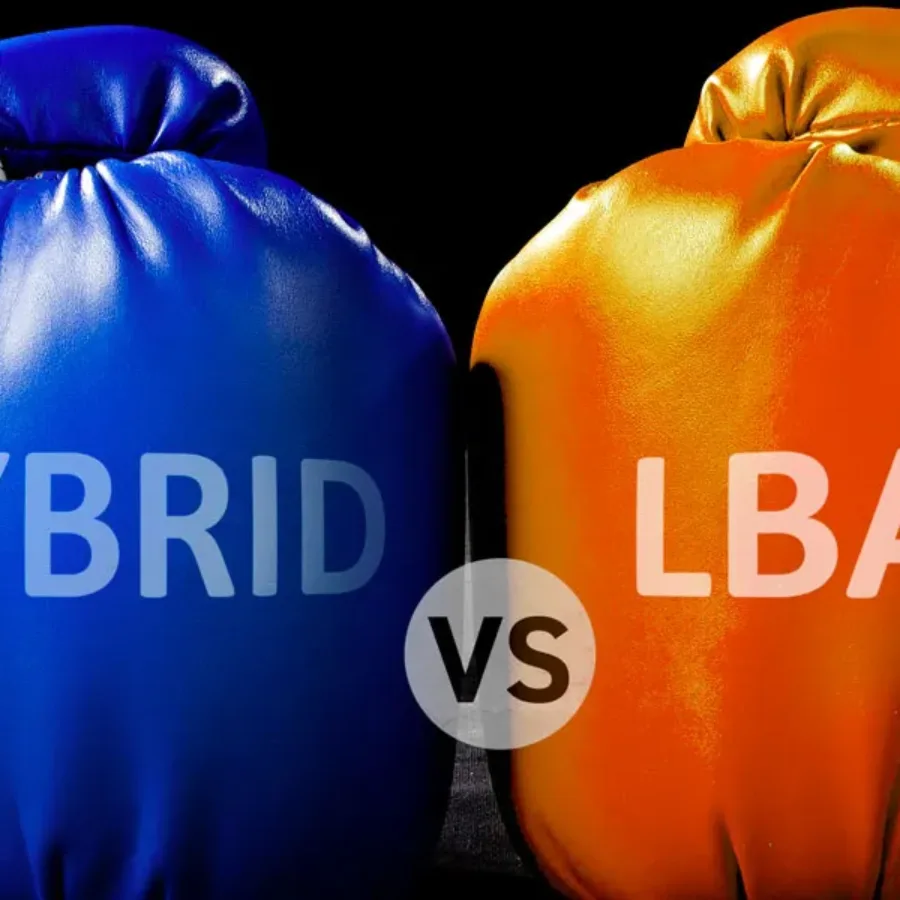 Videos
Videos
Dawn Dufield, Ph.D. and Dominic Warrino, Ph.D. discuss their approach to ligand binding assays (LBAs) and hybrid mass spectrometry (Hybrid LC-MS/MS) in this 11-part video series. What Makes a Good CRO for Bioanalysis? Are there any specific technologies that are more useful to have together? What is a Hybrid…